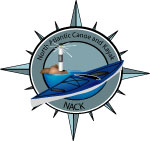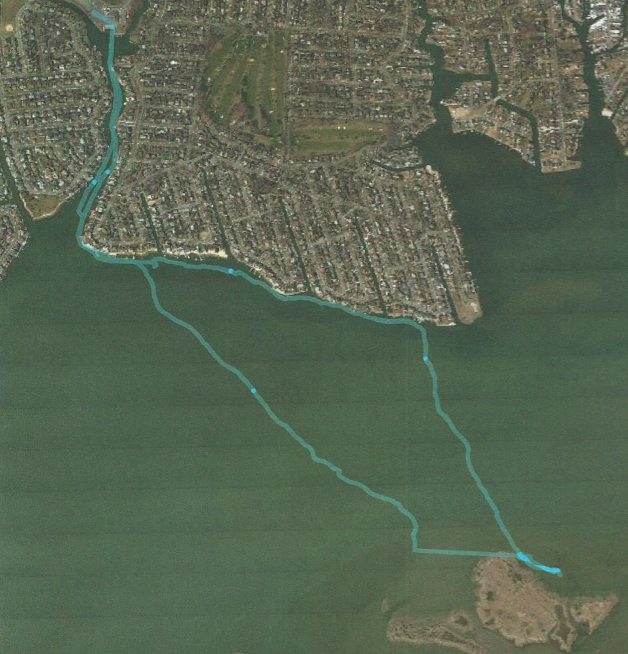The “Super Moon” of August 10, 2014 sure was big! This full moon was not only the closest and largest full moon of the year. It also presents the moon’s closest encounter with Earth for all of 2014. The moon will not be so close again until the full moon of September 28, 2015. In other words, it’s not just a supermoon. It’s the closest supermoon of 2014. More on the “Super Moon” at EarthSky.
Buddy, Steve, Bob and Paul took advantage of the perfect weather and temperature last night to view this phenomena. We left John Burns Park in Massapequa at 7 pm to catch the setting sun. With light wind and a clear sky it looked like we would have optimal conditions for our trip out into South Oyster Bay.
After viewing the glorious sunset over the water we turned our kayaks about 180 degrees and viewed the moon come up over the horizon. We drifted along in shallow water as darkness closed in and the moon rose to reach its maximum intensity.
Paddling the bay in the darkness is a matter not to be taken lightly. Everyone was lit up with multiple lights and reflectorization and we all carried VHF radios. While most of the bay is very shallow we knew we had to cross two boat channels. We did so in a tight formation and a quickly as possible. It was here, in the deeper water that we encountered the strongest current. In spite of Jones Inlet being miles away, the water rushing in from the ocean was still moving us to the east.
The full moon always creates unusually high tides and strong currents but the Super Moon effect creates really high tides and strong currents which we experienced on our return paddle. Islands in the bay were partially submerged and extensive mats of eel grass filled our path, clung to our paddles and covered our kayaks. Having had the opportunity to view the Super Moon over the water was truly a unique experience.



